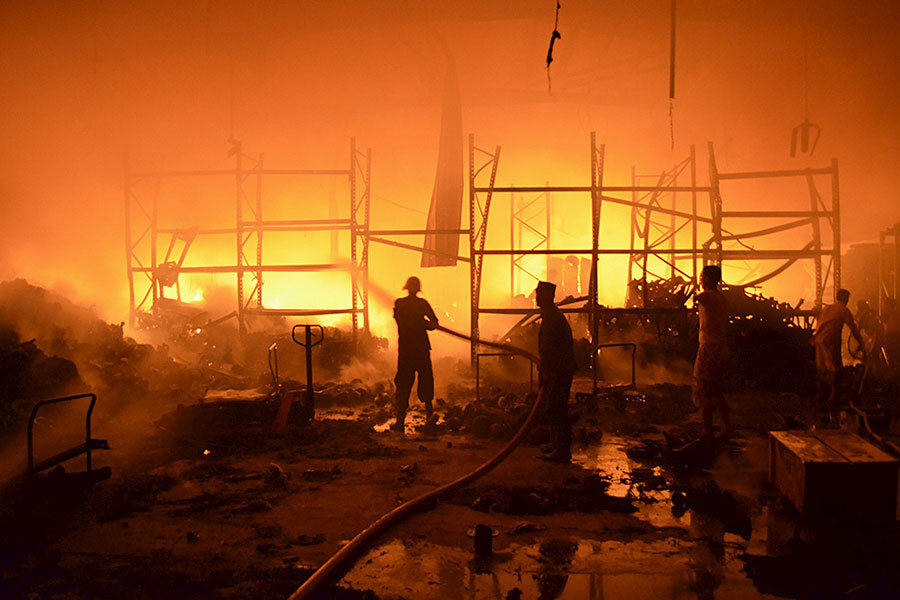As Saudi-Iranian proxy war flares in Yemen, what hope of peace?
Iran accused Saudi Arabia of striking its Yemen embassy Thursday in an air raid.
An Iranian foreign ministry spokesman Hossein Jaber Ansari was quoted as saying, “This deliberate action by Saudi Arabia is a violation of all international conventions that protect diplomatic missions.”
There is some doubt as to whether the airstrikes actually hit the embassy in Sanaa, with some witnesses at the mission itself saying it had not been bombed.
Nonetheless, the accusations come at a time of heightened tensions between the two regional powers, and this wider picture, along with the recent furor over Saudi Arabia’s execution of a leading Shia cleric, followed by the storming of its embassy in Tehran, risks overshadowing the conflict in Yemen.
Yemen is a nation ravaged by war, the latest manifestation of which has seen the entry of longstanding rivals Saudi Arabia and Iran. Yet it is a land often forgotten by much of the world – until proxy wars fought by regional powers spill into its rugged mountains and desert plains.
The current incarnation of Yemen’s woes dates to the Arab Spring of 2011, when Gulf Arab states brokered a deal to remove longstanding President Ali Abdullah Saleh and replace him with President Abdo Rabbo Mansour Hadi.
But Mr. Saleh refused to fade away, instead lending his support to a rebellion by the Iranian-backed Houthi rebels. By March 2015, Mr. Hadi had fled into exile in Saudi Arabia and the Houthis had overrun the whole of western Yemen, including the capital, Sanaa.
Fearing an Iranian takeover, Saudi Arabia and its allies launched a hurricane of airstrikes, targeting the Houthis and units loyal to Saleh. Expecting their firepower to overwhelm the Houthis, the Saudis have instead become embroiled in a dirty war.
Both sides in this conflict are accused of inflicting devastating and indiscriminate assaults on the Yemeni population, with civilian casualties estimated at over 8,000, according to the United Nations.
So, what hope exists for a resolution?
A truce technically came into effect in December 2015, to lend credence to peace talks taking place in Switzerland. But the reality was different, with the UN Security Council expressing “deep concern at the number of violations of the cessation of hostilities committed during the talks.”
Yet the mere existence of a peace process is reason for optimism. And while neither side will countenance defeat, Yemen’s notoriously unforgiving terrain has inflicted a heavy price on foreign adventurism in the past, making it unlikely that the situation will worsen.
Indeed, the UN has been mediating peace talks in Oman, and there are hopes that some kind of deal could be reached by mid-2016.
Meanwhile, perhaps the best hope lies in the restraint of those at the heart of the conflict. Iranian analyst Hamid Reza Taraghi, close to hard-line Iranian leaders, said, “Our patience with the Saudis has not yet worn out … We continue to restrain ourselves.”
The Saudis, too, have voices of reason, with Saudi Arabian Deputy Crown Prince Mohammed bin Salman saying that anyone angling for war between Saudi Arabia and Iran is “not in their right mind.” He explained, “a war between Saudi Arabia and Iran is the beginning of a major catastrophe in the region ... For sure we will not allow any such thing.”






